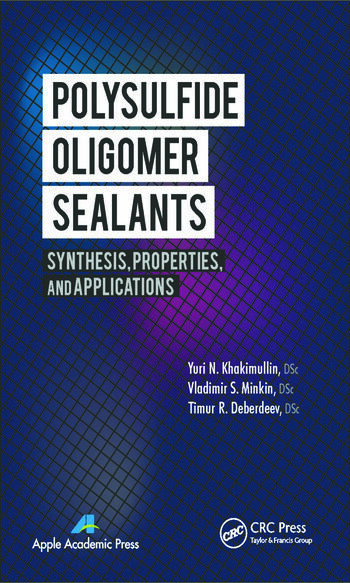Ask Dr. Dave
Ask Dr. Dave: What alternatives to isocyanates exist for sealants for construction applications?
Dave Dunn's June 2018 column.
Question: We want to make polyurethane-type sealants for some construction applications but do not want to handle isocyanates. What are the alternatives?
Answer: The sealants you probably need are of two types. The first are based on polyether polyol backbones that are end-capped with alkoxy silane groups; the second are true polyurethane polymers, again with the alkoxy silane end groups. These polymers can react with moisture, liberate small amounts of alcohol, and crosslink similar to one-component RTV silicones. These sealants are sometimes called modified silicones polymers (MS), modified urethanes or hybrid sealants.
Because they don’t contain isocyanates, they do not have some of the associated negatives, such as gas bubble formation or the irritancy of isocyanates. They were initially commercialized on a large scale in Japan, and have now become important in Europe and North America to compete with both polyurethanes and silicones.
These sealants are claimed to be particularly useful for applications where their non-staining characteristics and excellent adhesion provide long-term use without significant changes in properties. They are also noted for their low viscosities at low temperatures, which aids in application. Some companies have also formulated adhesives from these raw materials. Possible restrictions on the use of diisocyanates in the European Union may cause problems for the polyurethanes industry. ASI
Any views or opinions expressed in this column are those of the author and do not represent those of ASI, its staff, Editorial Advisory Board or BNP Media.
Looking for a reprint of this article?
From high-res PDFs to custom plaques, order your copy today!





